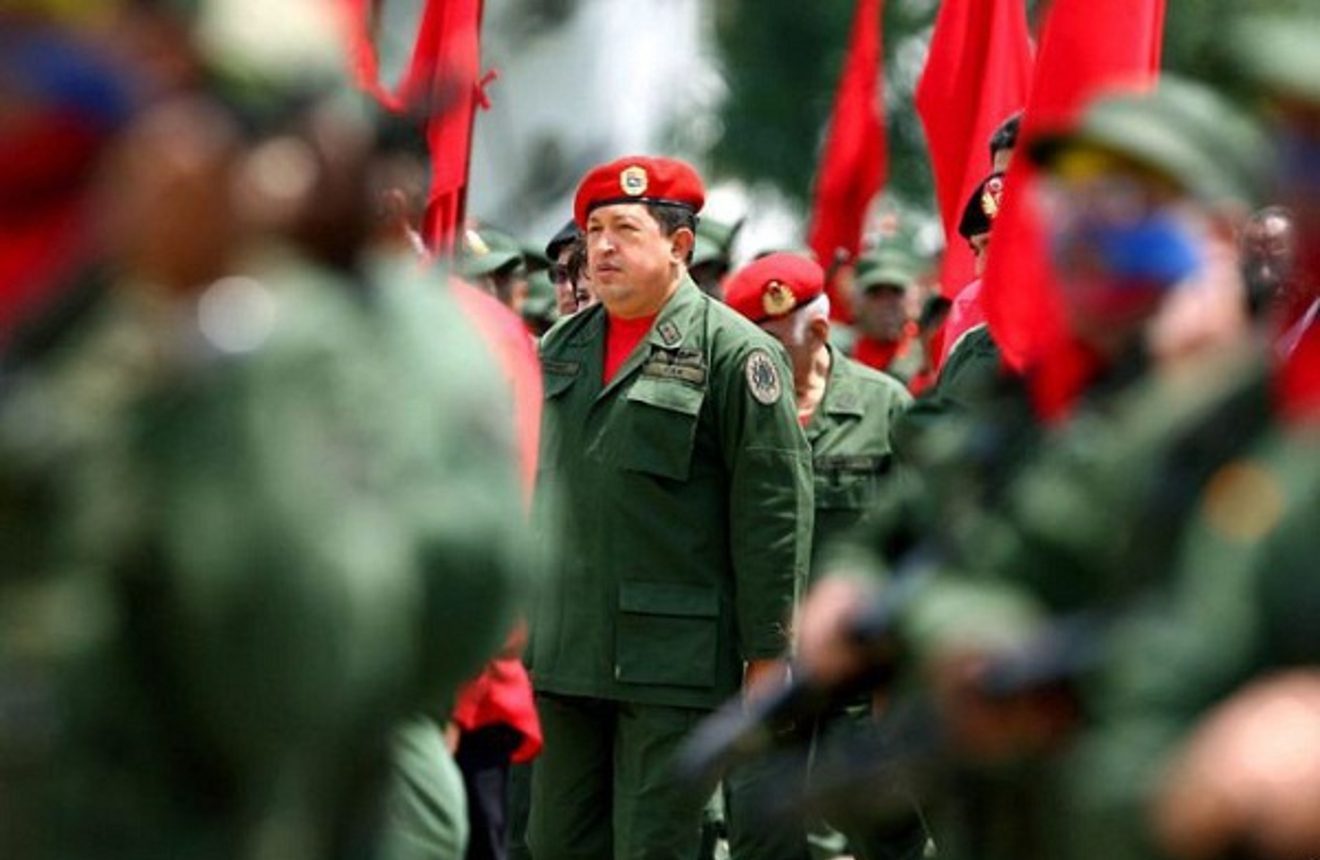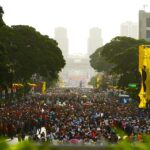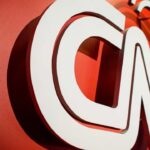
By Rodolfo Pino – February 27th, 2020
Chile was the guinea pig to test-drive the “new” economic doctrine of Neo-liberalism where the market becomes everything in social relations. Today’s social explosion in Chile seems to indicate the complete failure of that doctrine and, analysts propose, the end of the Neo-liberal ascendancy.
However, it was on February 27th, 1989 that an explosive revolt in Venezuela was the first eruption against the neo-liberal measures taken by then President Andrés Pérez. An estimated 500 to 3,000 deaths was the “balance” given out by this democratic government. Still today the real figure is unknown, but it is probably much higher.
The events compelled a young military officer to question the very role of the army as a social entity. Hugo Chávez went on to become the leader of a failed uprising in 1992 and, after his release from prison, he was elected President in 1998 and re-elected successively until his death in 2013 .
According to Venezuelan professor Juán Romero, Chávez left an important legacy that has permeated not only Venezuelan society, but many societies around the globe. Some of the main points of this legacy include: He came from a subordinated social class: Zambo (Afro-descendant) and Indigenous, thus a “natural for insurrection”. He became the spoke-person for those who had been violated and rendered invisible for almost two centuries.
RELATED CONTENT: “Caracazo”: 31 Years Ago
Chavez instigated a serious discussion about constitutionalism: writing a constitution is not a task for an elite (e.g. Honduras, Chile, and nearly every national constitution including Canada’s) but by the participation of the people, all social sectors. He also brought under critical focus the “accepted truths”: the dismantling of the state, dismantling of social policies, opening up of everything to capital, “flexibilization” of labour, the complete surrender to imperialism. His legacy still reclaims the nation state, and restores the protection of the excluded ones.
Chavez firmly defends sovereignty and the principle of independence. Interestingly, he introduced and promoted the concept of the union of the civilian and military power. Military interventions throughout the 19th and 20th centuries were frequently used to provoke a coup d’état to create “regime change” in favor of imperial interests. In contrast, Chavez led an insurrection (Feb. 4th, 1992) against a repressive and exclusionary neo-liberal state.
His writings of the time stress reclaiming the state, sovereignty, a multi-polar world: a discourse that still has complete validity. And, most important in the present context, he fomented a profound political discussion on the role of armies in the State. The coup in Honduras (the first one in the 20th century, carried out under the Obama administration), the latest coup in Bolivia, and on the other hand the upholding of governments such as those of Nicaragua and Venezuela, are opposite illustrations of the role of the military Intrinsic to maintaining the state and sovereignty, Chávez proposed that Latin American States must protect their natural resources, and that they must unify, reviving an historical yearning which we find driving Simón Bolivar in South America, O’Higgins in Chile, Artigas in Uruguay, Morelos in Mexico, in Cuba’s Marti, also in the anti-imperialist program of the Caribbean with Cesar Augusto Sandino, to mention a few.
This unity becomes a political project which at the same time is an historical one. What is the difference between a political and an historical project? A political process involves a vision of a country in a distinct period and that vision is assumed by several actors who will be the protagonists to implementing it. Every political project has a vision, both right-wing and left-wing projects. NOT every political project has an historical vision. An historical project has an ascending perspective (where are we going), but also a broad sense of where are we coming from. An historical project includes three stages: heritage, (my field of experience), drawn from parents, grandparents, and my own social memory. Second, the historical project shows that those experiences have meaning in the present and (thirdly) transcend towards the future.
RELATED CONTENT: February 27 (27F) Seen by the “Post Millennials”
The importance of a project being political and, at the same time historical, is that it has a multilateral perception. It is NOT by chance that right-wing projects abdicate a past vision and concentrate on a futuristic vision (“let’s forget the past or let’s turn the page”). The historical project feeds on the past without fixing on it; we read it in the present and develop it to surpass this present. This is what makes it significant and forward-moving, such as the Bolivarian project, which has a political sense based in a wide historical background. At the same time, it becomes extremely dangerous.
Chávez learned from the Vietnam example. A dependent nation, no technology, under French colonization. How it was able to confront what was (and still is) the very leading power of capitalism and triumph? Based on Ho Chi Min’s ideas that two things are needed: 1st the popular will and faith in building an historical reality 2nd the capacity to ensure that the military strategy be always permeated by a political character. With these two elements, it was possible that a People with an inferior military and economic power, with vastly inferior weaponry overcame a great power that used ALL available technology, science and weapons in the attempt to defeat them. This second element was vital. These may also be the reasons why the Bolivarian Revolution has been able to maintain itself with the real support of its people and its armed forces.
The Venezuelan revolution also built on a geo-political approach (THE VITAL SPACE): a multilateral, multipolar, pluri-dimensional, complex vision of world relations. The very 1999 Constitution defines, for the first time, an international vision, including: Caribbean, Continental because it’s necessary to look to the South (reversing the former north-facing approach), Andean as well as Amazonian approaches. This complex, heterodoxic and broadly-embracing focus was never before included in a constitution. This, by a people converted into Social Subjects (not merely by voting, but also in pre-electoral participation, in proposing legislation, in exercising their right of recall of elected officials, a mechanism of Direct Democracy).
The constitution sets out new spaces for public participation in the political realm. Thus the practice of politics is no longer an exclusive field for politicians, intellectuals, “educated” individuals, the corporatocracy, but for all. And it includes and requires the understanding of Economic Power. As Chileans face the fight for a real Constitution from and for the people of Chile, El Caracazo may offer some instructive lessons.
OT/
| Website





